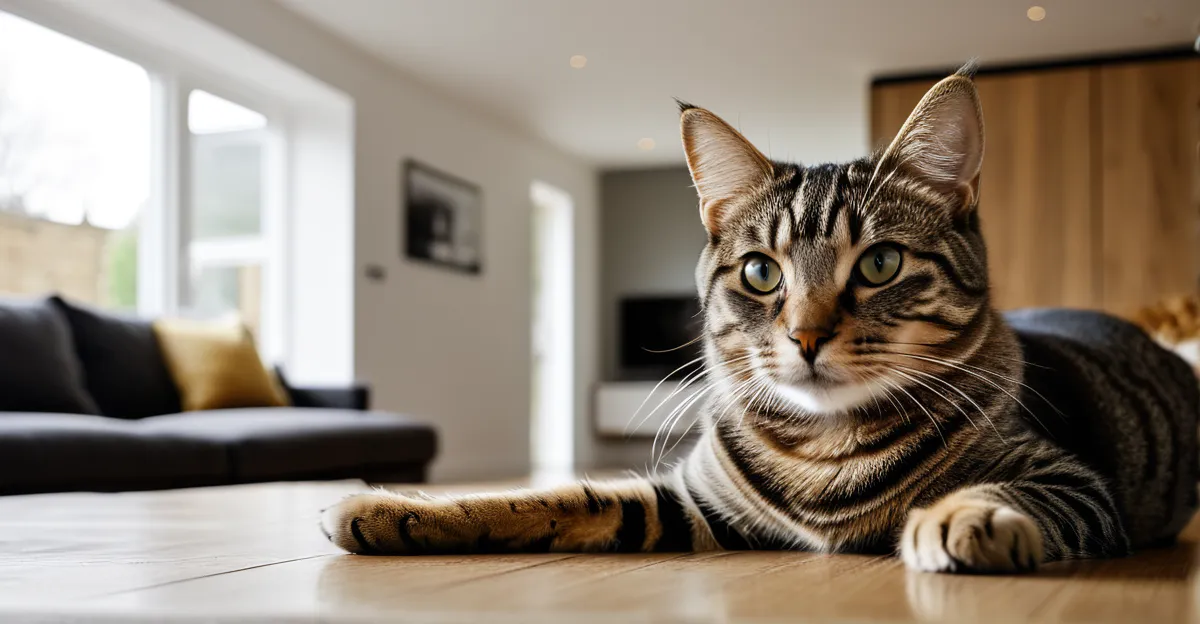Essential Principles for Pet-Friendly UK Home Design
Designing a pet-friendly home in the UK requires thoughtful planning that balances aesthetics with the specific needs of various animals. Prioritising comfort and safety is fundamental. For example, ensuring appropriate ventilation and natural light benefits both pets and owners. Considering the often limited space in many British properties, clever spatial arrangements help accommodate dogs, cats, and small mammals effectively.
Key layout factors include creating distinct zones that accommodate pets’ daily activities—such as play, rest, and eating—without disrupting household flow. For dogs, accessible outdoor connections like secure gardens or balconies are vital, while cats appreciate vertical spaces and cozy hiding spots indoors. Small mammals often require dedicated cages or enclosures in quieter areas to maintain their wellbeing.
Topic to read : How can I travel around the UK with my pet safely?
Adapting different UK property types—from terraced homes to flats—necessitates flexibility. For instance, in flats, owners might create multipurpose pet zones that integrate bedding and storage without overwhelming limited space. Safety considerations such as secure windows, pet gates, and non-toxic materials become paramount in these settings.
By focusing on these pet safety UK homes principles, owners can create environments where pets thrive in comfort and security, making every residence truly accommodating for their furry or small companions.
Also to discover : What Are the Unforeseen Benefits of Owning a Pet in the UK?
Practical Interior Adaptations and Materials
When considering pet-proof materials for a pet-friendly home design UK, durability and ease of cleaning are crucial. Flooring must withstand scratching and accidents, making options like vinyl, laminate, or sealed hardwood popular choices. These materials resist stains and are simpler to maintain than carpets, which often trap fur and odors, posing challenges for pet safety UK homes.
For upholstery, selecting fabrics with tight weaves such as microfiber or leather helps reduce claw damage and shedding. Avoiding loose textiles or delicate materials minimizes wear from pets. Wall treatments should also be chosen carefully; washable paints or tiles near high-traffic pet areas prevent lasting marks and simplify upkeep. Using pet-safe alternatives to traditional cleaning and finishing products is essential to avoid exposing animals to harmful chemicals.
Home modifications for pets go beyond materials. Incorporating washable and removable covers on furniture can extend lifespan and maintain hygiene. Additionally, installing scratch posts and chew-resistant features helps discourage destructive behaviours, preserving interiors while accommodating pets safely. These practical adjustments significantly enhance the longevity and cleanliness of interiors tailored for pet owners in the UK, balancing style with functionality in pet-friendly flooring UK and surface choices.







